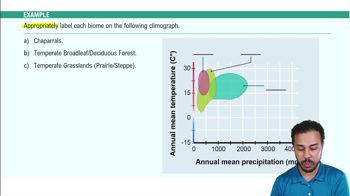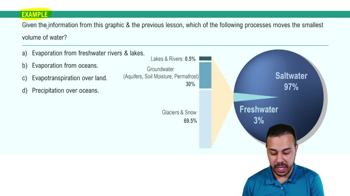Predators that are keystone species can maintain species diversity in a community if they
a. Competitively exclude other predators
b. Prey on the community's dominant species
c. Reduce the number of disruptions in the community
d. Prey only on the least abundant species in the community





